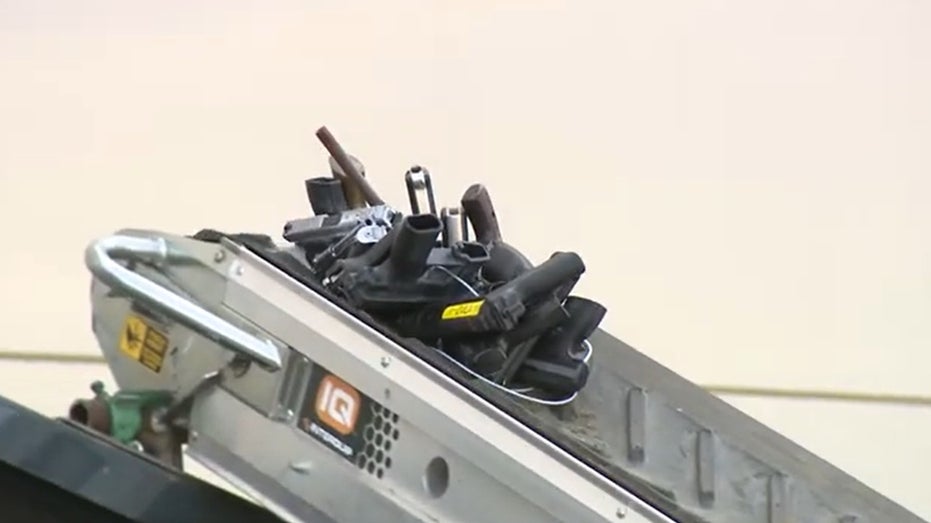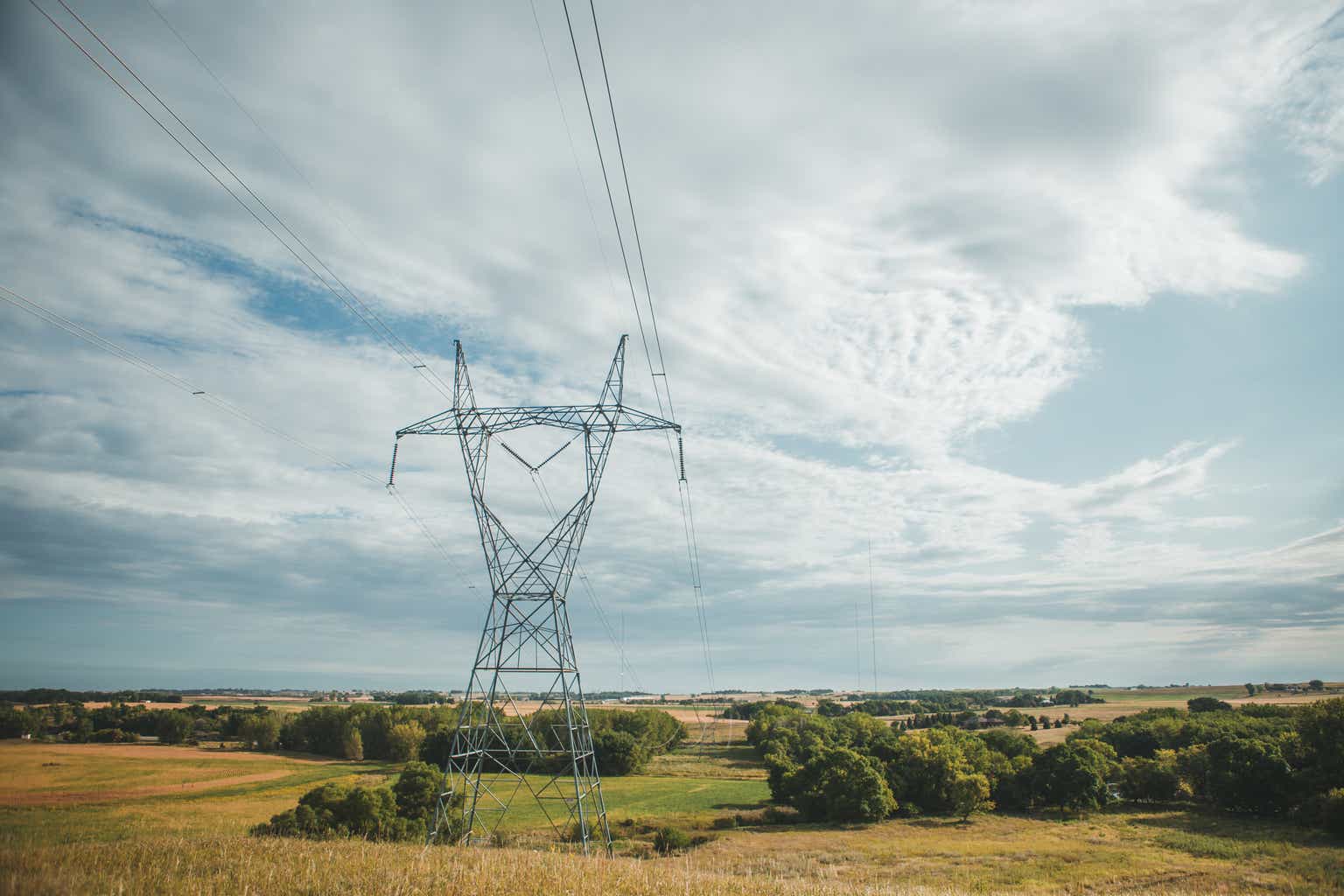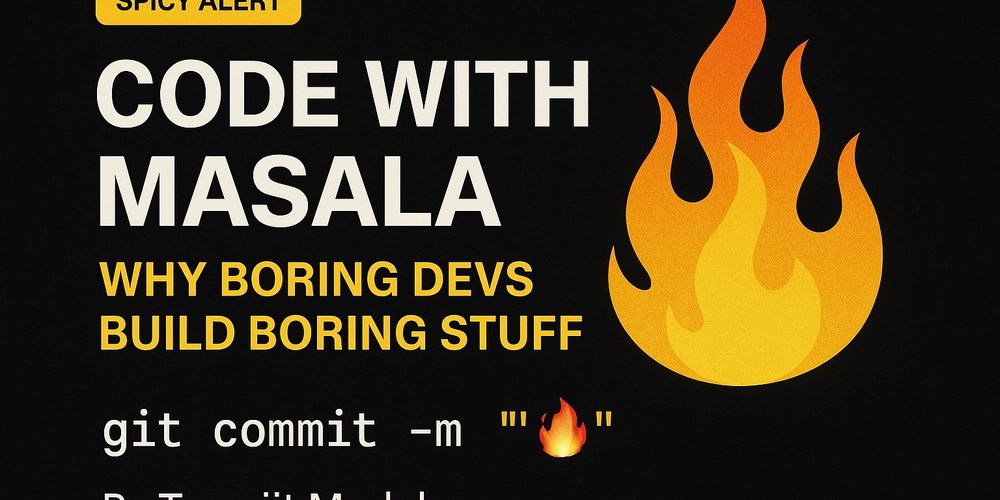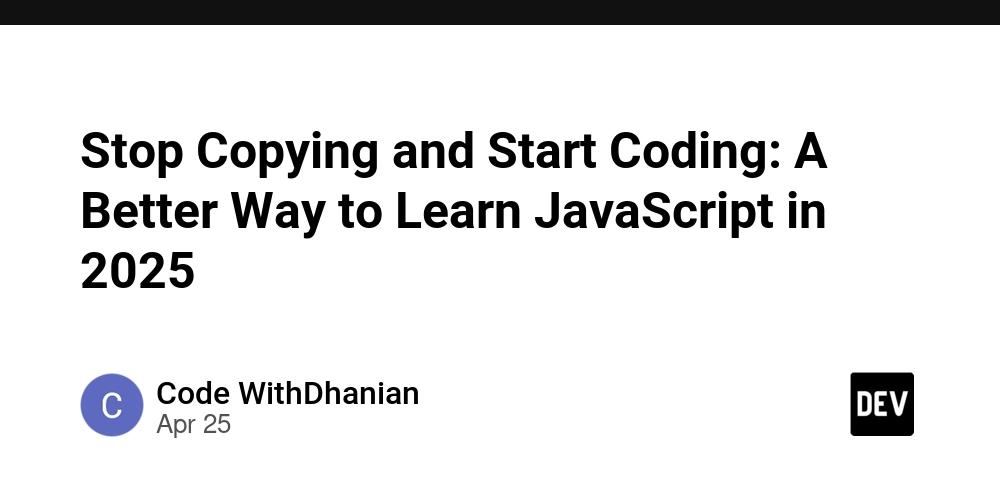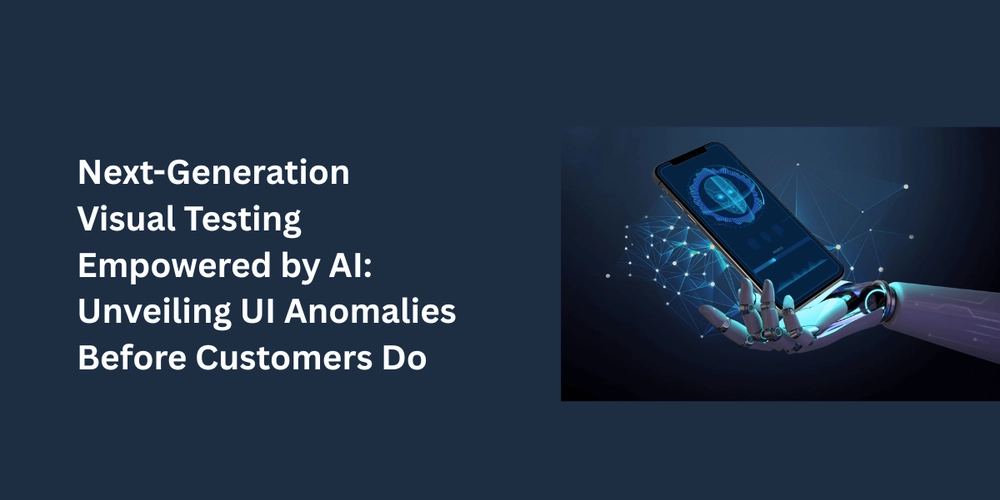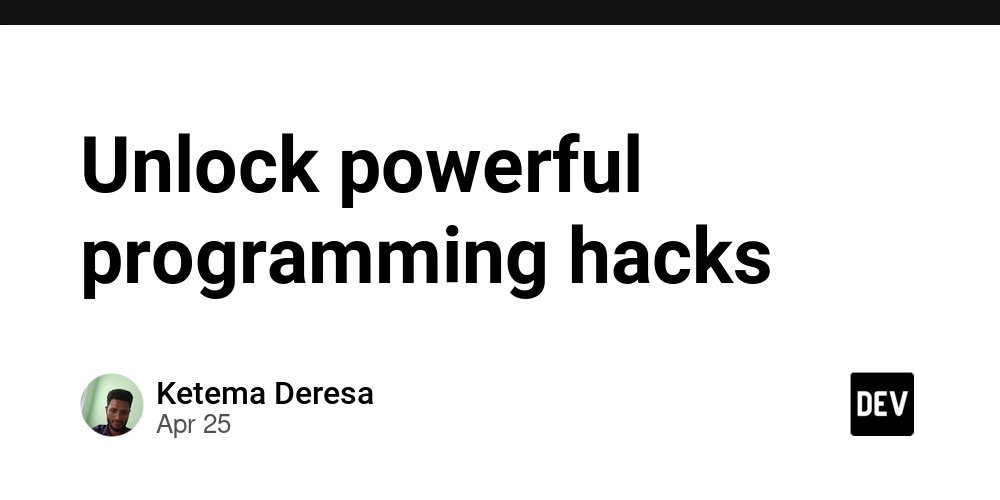Trump Executive Order Calls for Artificial Intelligence to Be Taught in Schools
The directive’s big aims are teaching students and training teachers to use AI in order to improve education outcomes.

Since generative artificial intelligence burst onto the scene a few years ago, schools and educators have grappled with how to approach the powerful-but-experimental technology. Ban it? Embrace it?
A new executive order plants the White House firmly in the latter camp.
On April 23, President Donald Trump signed Advancing Artificial Intelligence Education for American Youth. The order promotes “appropriate integration of AI into education” to “ensure the United States remains a global leader in this technological revolution.”
The directive’s primary aims are teaching students and training teachers to use AI in order to improve education outcomes.
Use of AI in schools, the order states, “demystifies this powerful technology but also sparks curiosity and creativity, preparing students to become active and responsible participants in the workforce of the future and nurturing the next generation of American AI innovators to propel our Nation to new heights of scientific and economic achievement.”
To bring this vision to life, the announcement calls for the creation of a White House Task Force on Artificial Intelligence Education made up of cabinet members and chaired by the director of the Office of Science and Technology Policy.
The task force’s marching orders include establishing and “promptly” announcing public-private partnerships with AI industry groups, nonprofits and academic institutions to quickly develop online resources for teaching AI literacy to K-12 students.
Meanwhile, the executive order tasks the secretary of education with identifying federal spending mechanisms to use AI to improve education outcomes through federal, state and local efforts. Examples listed include creating AI-based teaching resources, supporting higher ed advising and boosting intensive, high-impact tutoring.
The order also directs the secretary to prioritize federal spending for professional development that will help teachers instruct students about AI in stand-alone computer science classes as well as integrating the technology into classes of all subject areas. Other training mentioned helping teachers use technology for “reducing time-intensive administrative tasks.” That’s an application that many teachers are already enthusiastic about, according to Pete Just, the generative AI project director for the Consortium for School Networking, a professional association for K-12 edtech leaders.
“This has brought them back additional time into their week,” he says.
Additionally, the order calls for creating registered apprenticeships related to AI, establishing a Presidential Artificial Intelligence Challenge for students, and enabling high school students to take courses in artificial intelligence, including through dual enrollment at colleges.
While some components of the order lack deadlines for completion, other objectives are supposed to be accomplished within the course of several months.
Some education leaders expressed support for the broad goals of the order while also voicing questions about how to achieve them.
The birth of generative AI is “a bit like the arrival of electricity,” says Beth Rabbitt, CEO of education innovation nonprofit The Learning Accelerator, explaining that the technology has the potential to change the world for the better — and, if we’re not careful with it, also to spark “fires.”
“It’s incredibly important that we as educators help kids understand how it works and use it well in their lives,” Rabbitt says, “but avoid the harms.”
Just, of the Consortium for School Networking, is hopeful that the executive order will put artificial intelligence near the top of the agenda for superintendents and other education leaders, some of whom have seemed to him to be reluctant to prioritize AI.
“Increasingly they are burying their heads in the sand,” Just says. “I think this will certainly bring the conversation forward again.”
Offense and Defense
Much of the discourse about AI in education so far has focused on playing defense — against students using the tools to cheat, leaders using them to replace the teaching workforce and rollouts that reinforce racial and economic inequities in access to high-quality education. Then there are worries about companies rushing products into classrooms without adequately protecting students against bias, misinformation, data breaches and inaccurate “hallucinations.”
The new executive order was issued during a period of rollbacks of regulations governing the AI marketplace, points out Rabbitt of The Learning Accelerator. She notes that the Trump administration revoked Biden administration rules designed to put guardrails on artificial intelligence tools, and that this new education executive order lacks the harm-mitigation requirements included in a separate Trump executive order directing government agencies to increase their use of AI.
“There seems to be a lot more work we need to do to make sure the tools we are giving to our children are safe, and ready to go, and actually can support their learning in ways that keep them healthy and whole and protected,” Rabbitt says.
But plenty of educators have already started playing offense by trying to find positive ways to use artificial intelligence. One group effort, backed by The Learning Accelerator, is the School Teams AI Collaborative, which has dozens of educators from schools across the country experimenting with and evaluating AI-enabled instruction. For example, they’re using AI to offer writing feedback and to teach students about civics by developing voter registration chatbots.
Using AI to improve teacher training fits with the vision that Cheryl Holcomb-McCoy brings to her new role as president and CEO of the American Association of Colleges for Teacher Education, she told EdSurge, pointing out that some teacher training programs already use mixed-reality simulations to prepare teacher candidates to excel in the classroom.
“How can we tailor the AI tool to help teachers, specifically new teachers, receive professional development on the spot, when they need it, instead of waiting for professional development opportunities given by the school system, which could be totally unrelated to what the new teacher needs?” Holcomb-McCoy asks.
She was glad to see the executive order indicate that the administration would invest resources in teacher training. Given persistent teacher workforce shortages and student struggles in math, Holcomb-McCoy says she would like to see additional federal support for training top-notch science, math and technology teachers who can prepare today’s students to become tomorrow’s AI innovators.
And when it comes to the AI education resources promised by the order, she asks, “How will the federal government ensure that every child and every teacher, no matter their location, will have equal access to what they are providing?”
To make positive outcomes of AI in education more likely, policymakers and educators should plan for a realistic pace of change when it comes to AI, Rabbitt says, allowing for enough time to test thoughtful, strategic applications.
“The worst thing we can do is have people feel forced, and then throw a bunch of tools into classrooms that aren’t ready for them,” she says. “In the pandemic, we saw what it looked like to ask a whole bunch of educators to rapidly shift practice in a highly technology-dependent way without being adequately prepared and supported.”
